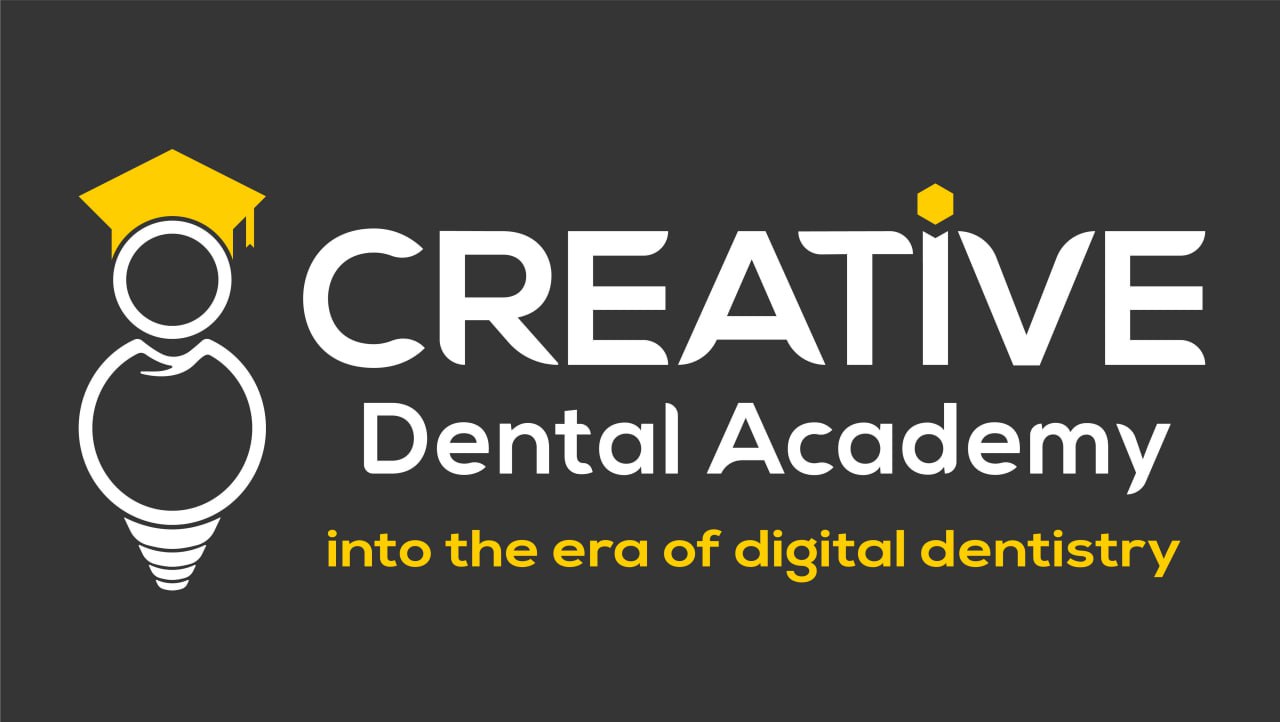Embarking on a journey towards a career in dentistry can be a thrilling and rewarding choice. The field not only offers the joy of enhancing oral health but also provides lucrative financial rewards. Let’s navigate through what it takes to turn this dream into reality.
Starting Your Dental Career Journey
The first step to becoming a dentist is committing to your education. Most dental schools mandate a bachelor’s degree for admission, though a few offer early entry options. In the U.S., there are 72 accredited dental schools, most with a four-year curriculum. A bachelor’s degree in any field is acceptable, but you’ll need to meet specific pre-dental requirements.
Dental schools look for a well-rounded application. This includes good scores in the Dental Admissions Test (DAT), strong letters of recommendation, a personal statement, and relevant extracurricular activities. Once you graduate, you’ll earn either a DDS or DMD degree, both holding equal value and recognition.
The Challenges of Dental School
Entering the world of dentistry is not without its challenges. The road involves rigorous academic requirements, a substantial financial commitment, and a competitive application process. Only about 55% of applicants are accepted into dental schools annually. To stand out, aim for a high GPA and strong DAT scores, typically around 3.5 and 20 respectively. Additionally, consider engaging in research projects or opportunities to write papers related to dental topics. These experiences can demonstrate your commitment to the field and contribute to a stronger application.
Gauging Your Chances of Acceptance
If your GPA hovers at or below the average, don’t lose hope. Dive into the data from ADEA for first-time enrollees for insights. Those with higher GPAs tend to have better chances, but remember, determination and hard work can significantly improve your prospects.
The Timeline to Become a Dentist
Generally, it takes about eight years to become a dentist – four years for a bachelor’s degree and another four for dental school. If you’re keen on specializing, add a few more years for residency training. Direct dental programs can shorten this timeline, often combining undergraduate and dental education.
Specializing in Dentistry
Dentistry offers a range of specialties recognized by the ADA, from orthodontics to prosthodontics. Specializing requires additional residency training, which varies in length and may come with a stipend or tuition fees.
Advice for High School Students
If you’re in high school and dentistry piques your interest, start preparing early. Shadow dentists, excel in science courses, engage in meaningful extracurricular activities, and contribute to your community. These steps not only build your resume but also develop essential skills for your future career.
Final Thoughts
The journey to becoming a dentist is long but fulfilling. Focus on your studies, especially in the sciences, and get involved in activities that hone your skills for a dental career. When it’s time to apply to dental school, you’ll be well-equipped with the experiences and knowledge needed to excel in the field.
Digital implant surgery (also called digital navigation implant surgery) uses a 3D computer simulation to check the bone condition and nerve position. With this information, a reputable cosmetic dentist will be able to plan surgery with minimal incision. Since digital implant surgery focuses on making the smallest incision possible, there is significantly less pain compared to traditional implant surgery.
During the dental procedure, an exact guide is fitted over your teeth to ensure no damage is done to the surrounding nerve or teeth. The guide also helps dentists make precise, yet small, incisions for dental implant placement.
What is minimal incision surgery?
Minimum incision surgery is the idea that patients should only have to endure minimal incisions in order to decrease their pain, discomfort, and recovery time. For dental implants, this means making small enough incisions for the dental implants that you won’t need sutures.
Minimal incision surgery is also great for significantly reducing the amount of bleeding and swelling after dental surgery. General incision surgery, on the other hand, requires the dentist to cut the gum all the way to the bone to check the position of your nerves and inspect bone condition.
Is it less painful than other dental implant surgery?
With traditional dental implant surgery, the gum must be cut along the entire length of where the implants will be inserted. This is why many patients are now turning to digital implant surgery. Digital implant surgery requires minimal incision because it uses 3D CT photos to check the bone condition and nerve position. Traditional dental implant surgery, on the other hand, requires making a large incision along your gums down to the bone.
The hole we make to fit in your dental implant is small enough to not need sutures. This not only decreases your recovery period, but also reduces the risk of swelling, bleeding, and infection. Usually, the entire digital implant surgery takes about 10 to 20 minutes per every 1 to 2 dental implant.
What is a dental implant?
A dental implant is an artificial tooth root (often made of titanium) designed to support future restorations, such as crowns. Patients may opt for a dental implant if they have lost one or more permanent adult teeth and would like to continue having a beautiful smile. Titanium dental implants can be successfully fused into bone, creating a solid foundation for your future dental restoration.
Dental implants should not be confused with crowns, which screw into the implants and mimic the look of natural teeth. The implant crown replicates the original tooth in shape, size, and strength so that you can feel confident with your new smile. Depending on your unique circumstances, an experienced dentist might recommend variations on the dental implant, such as the implant-supported bridge or implant-supported denture. You won’t be able to see the dental implant once the crown has been secured over top.
Intraoral scanning is the door to the prosthodontics digital world teaching us how to design all fixed prosthesis and put your own unique touch. Assuring accuracy within all aspects of fixed prosthesis including finish lines, stains and cracks, shades all through which you can achieve utmost natural results. Also making a mockup before starting work and having patients consent.
Orthodontists were not that lucky back in the time , well not anymore . With this era of digital renaissance doctors are allowed designing a treatment plan and having the patient aware and educated by exporting a video of a project and showing the patient how a plan is to be fold. Nowadays designing the miniscrew guides to assure accurate placement of a miniscrew and minimize complications. Not only that but making the cephalometric analysis digitally is now possible.
- 1
- 2



